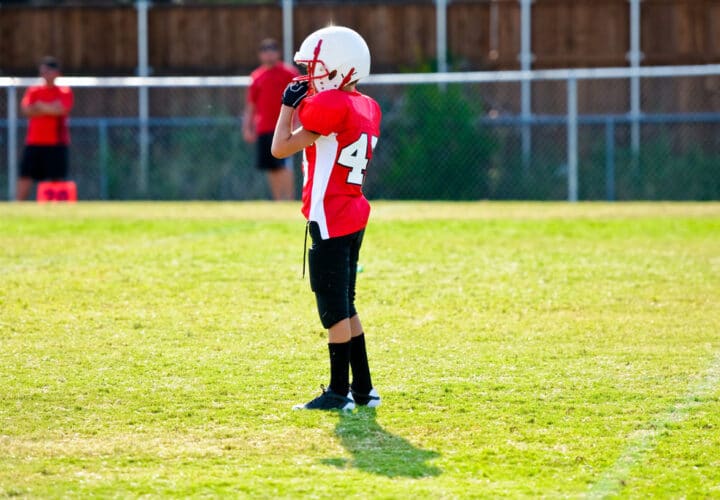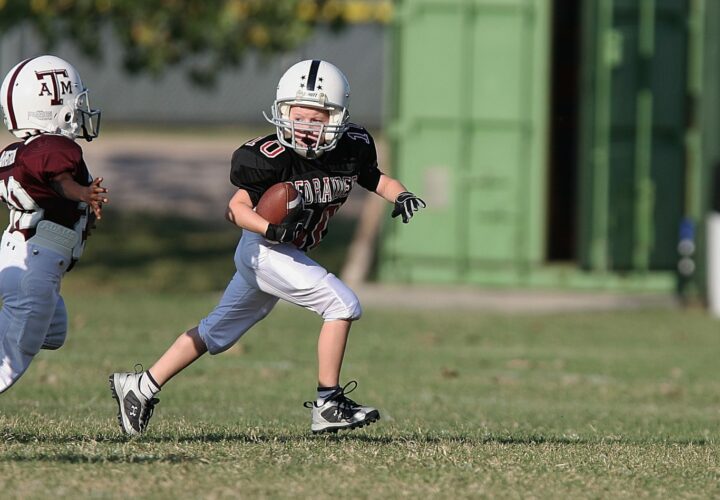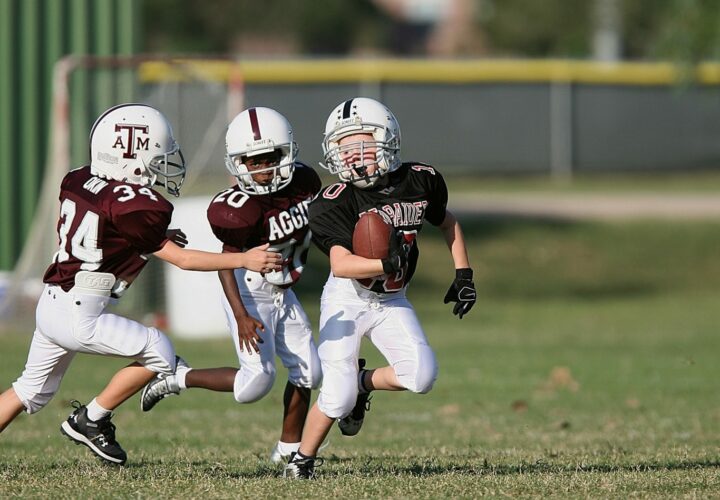Diagnoses of chronic traumatic encephalopathy (CTE) — a debilitating brain disease caused by repeated brain trauma — are on the rise among former pro football players. CTE can lead to cognitive symptoms like memory loss and even suicidal behavior, and it increases a person’s risk of developing other brain diseases, including Alzheimer’s. But the thing about CTE, in football or otherwise, is that it can only be definitively diagnosed after death. Yet a growing number of players report being told by their doctors they have it. This has researchers questioning the accuracy of these living diagnoses — and their potential consequences.
Football players donated their brains to science, and here’s what scientists found.
Dr. Ann McKee, a neuropathologist at the Boston University School of Medicine, studied the brains of 202 American football players. Through autopsies, she and her colleagues found that, of the 111 brains belonging to players in the National Football League, 110 of them showed CTE — more than 99 percent.
They also found that nine out of ten college players and one out of five high school players whose brains had been donated were positive for CTE.
Another important thing McKee’s team found was that players with CTE often had common signs of other neurodegenerative conditions. For example, a significant number showed accumulations of beta amyloid, a protein linked to the development of Alzheimer’s disease. One in five of the players with CTE had also had Lewy body dementia.
The prevalence of CTE is a dire matter. But in a recent study, scientists at Harvard University found another issue:
Dr. Rachel Grashow and her team determined that a notable percentage of former professional football players surveyed said they had received a clinical diagnosis of CTE, despite that it can’t be definitively diagnosed until after death.
“There is currently no universally agreed upon way to clinically diagnose a living player, yet our study found that many former players are reporting that they received CTE diagnoses from their medical care providers,” said the study’s lead author Rachel Grashow at the Harvard T.H. Chan School of Public Health.
“This is disconcerting, because there are many other conditions that are very common to football players — such as sleep apnea, hypertension, obesity, diabetes, use of prescription pain medication — that can cause cognitive symptoms exactly like those attributed to CTE,” she told HealthDay.
The researchers believe that presuming these players have CTE without being able to definitively confirm the diagnosis could lead to other problems.
Why does it matter that CTE may be diagnosed early or inaccurately?
Grashow and her colleagues surveyed nearly 4,000 former football players and found that almost three percent of the respondents reported they were diagnosed with CTE.
Since the results are based on former players’ self-reported symptoms rather than post-mortem analysis, the researchers caution that the doctors may have ruled out alternative conditions, and that these living CTE diagnoses cannot be entirely dismissed. CTE is very prevalent in football players, after all.
But because they are not verifiable, the symptoms that led to these diagnoses — like difficulty in concentrating, forgetfulness, and more severe manifestations of cognitive impairment — could be indicators of a different brain disease or disorder.
Because of the CTE diagnosis, there is a risk the players’ real issue could be overlooked. If they have a condition that goes unseen because of a presumptive diagnosis, they could lose the opportunity to be treated for their symptoms’ root cause.
To prevent misdiagnoses, the medical and scientific communities will continue to look more closely at CTE, how it is diagnosed, and whether it can be diagnosed accurately in living patients.
Meanwhile, other researchers are at work looking for ways to mitigate the prevalence of brain injury for football players.
Scientists have a new approach to helping reduce brain injury in football players.
Paul Auerbach, a professor at Stanford University School of Medicine who served for years as a physician for football teams, is familiar with the risk the sport poses to players’ brain health. “I think it’s the most important health issue in sports: brain injuries in contact sports,” Auerbach recently told Being Patient.
Nearly one in five players during a high school football season will suffer a concussion — an injury to the brain produced by a sudden and sometimes violent force. Many will experience more than one concussion and potentially suffer from impaired learning, memory and cognition. Some players may also suffer from permanent brain damage like CTE.
Big hits in football aren’t the only causes of brain disorders later in life. Repeated blows to the head — and subconcussive impacts that do not lead to a clinical diagnosis of a concussion — can also damage the brain. Scientists found that high school football players who weren’t diagnosed with a concussion or showed symptoms of a concussion still experienced brain changes over the course of a season.
To prevent this, Auerbach and his colleagues figured out a small change players can make that might help protect them from this kind of injury.
In a study published in The Clinical Journal of Sport Medicine, they looked into whether post-collegiate football players — in particular offensive linemen who are standing upright at the line of scrimmage — would receive fewer head impacts compared to those in a three- or four-point down stance with their hands and feet planted on the ground.
Over the course of an exhibition game and two days of practice sessions, Auerbach and his colleagues attached sensors behind the ears of 78 players to detect head impacts and record video footage of the players’ stance.
What they found is that offensive line players in downward stance received more head blows than those who were upright. Auerbach suggested that upright players may be less likely to lead with his head at the beginning of each play.
The takeaway: Changing the game so that offensive and defensive linemen aren’t using three- and four- point stances may decrease the number of head impacts and help cut back on brain injury to players.
“We realize that football is a collision sport, a violent sport. There are going to be injuries,” said Auerbach. “You can’t take all the risk out of the game. You can’t take all the risks out of life. The endeavor is to take the unnecessary collisions and risks out.”





